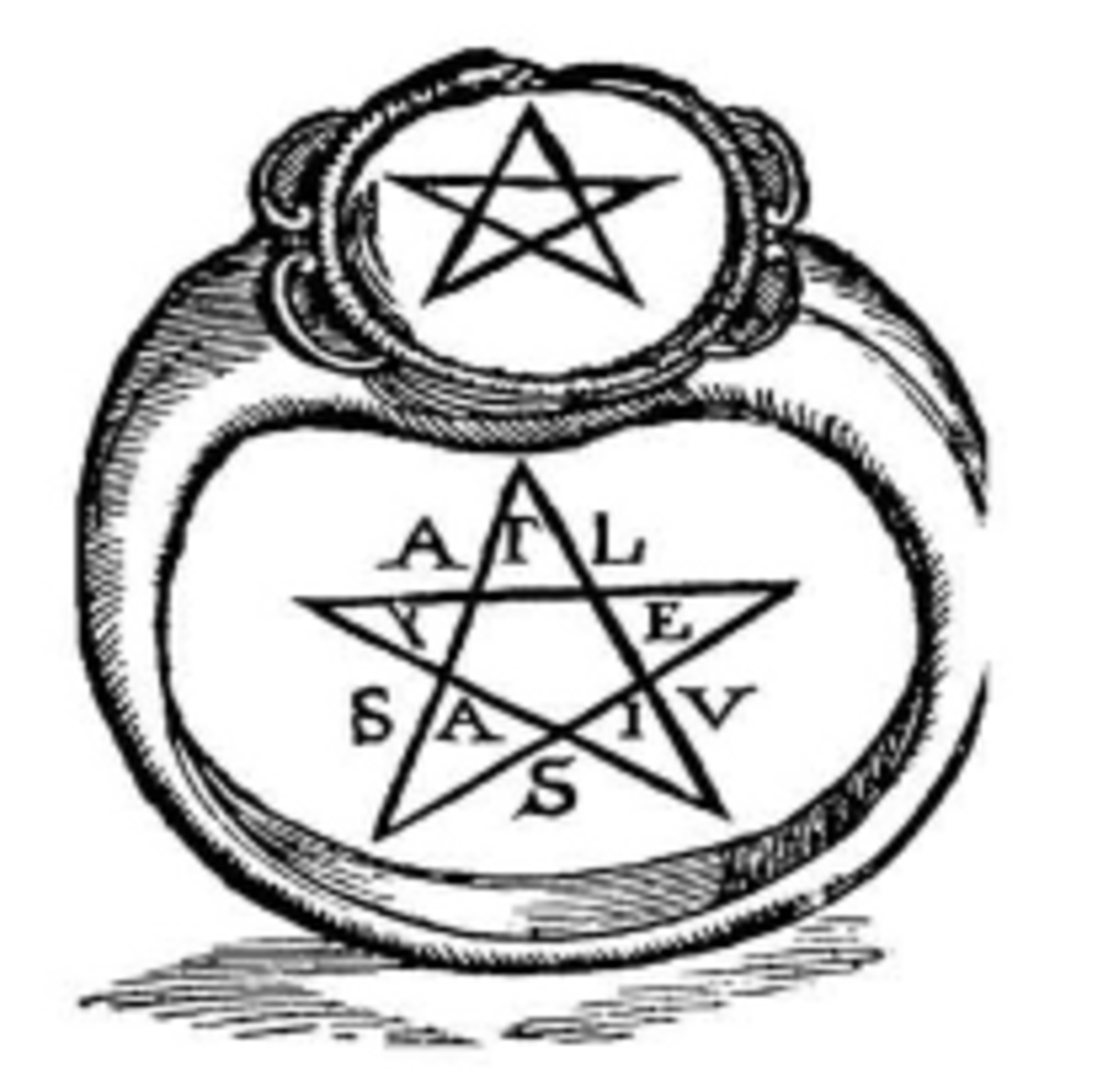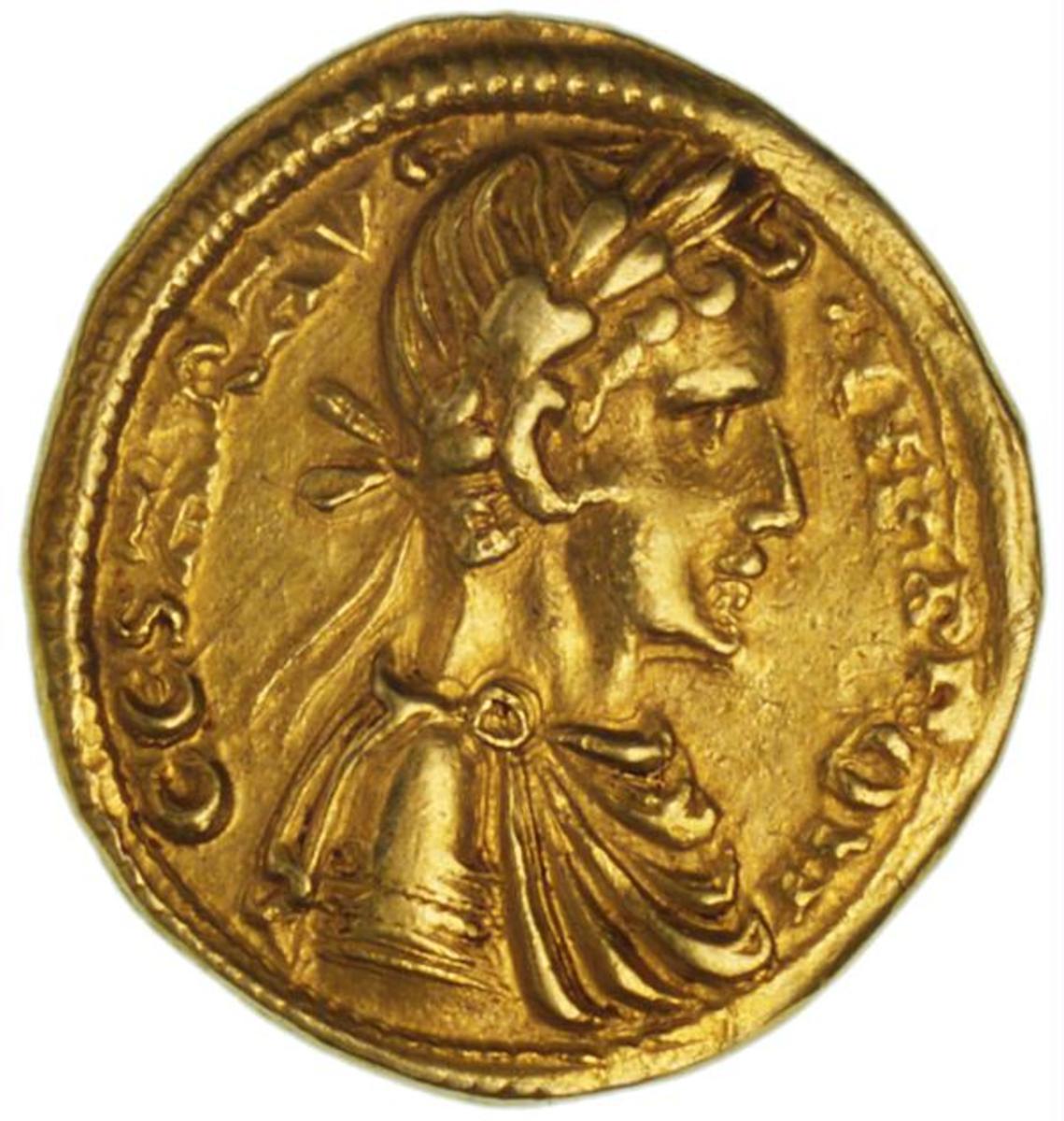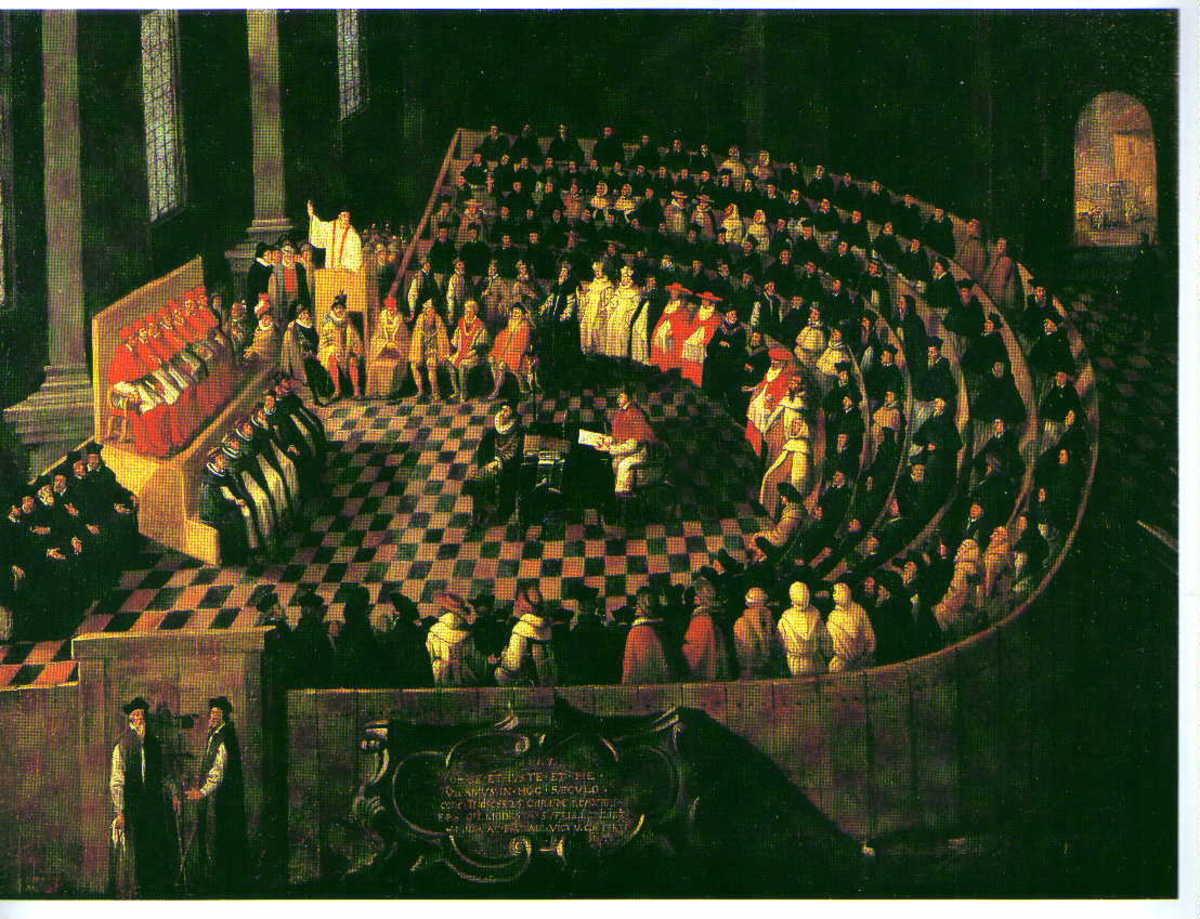Stregheria
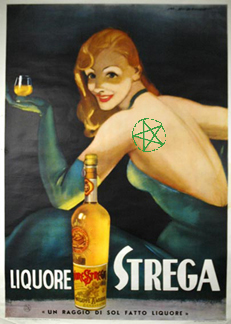

Strega (or Liquore Strega), is an Italian herbal liqueur containing saffron, mint and fennel made as an after dinner drink. Sometimes called "the witch" in English because of the legends of Stregheria, Italian Witchcraft. Old Wives Tales about cures and remedies are as old as time itself. And home remedies like chicken soup for colds and flu to love potions/spells and baby making sex magick, homemade pregnancy tests and pregnancy advice, to the prediction of the baby’s sex and to the more sinister “malocchio,” the Evil Eye. All contain some sort of history with bewitching. I’m sure those of us with grandmothers born in the late 1800’s/ early 1900’s know what I’m talking about. Both my Italian grandmothers (Nona), along with their thick accents also had thick witching ways. One was born in 1889 and the other in 1908, so they were immersed in that old world culture of the Stregheria.
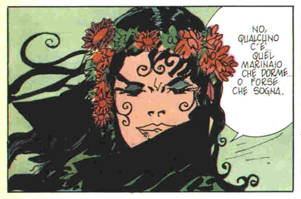
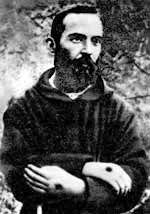
Stregheria is Italian sorcery or witchcraft known as the “Old Religion” (La Vecchia Religione). A “Strega” is a female Witch and a “Stregone” (stray-gohhh-nay) is a male Witch. Italian Stregheria is based on ancient Roman religious lore that also contains Etruscan (ancient Tuscan), Siculi (ancient Sicilian/ Trinacrian), Greek, Egyptian, Babylonian, Middle Eastern (Arabic and Judaic) mysticism and mythology. Wicca, Celtic based Witchcraft is very similar to Stregheria, but like all ethnic “foods,” many similar food groups are eaten but different spices are added in the preparation. Stregoneria, spells, Saints, and Streghe: Witchcraft, Folk Magic, and Healing, contrasts sharply with the tradition of Stregheria. The first is now a quasi-Catholic oriented sorcery found in common Italian folk traditions, and the latter is a pagan oriented religious system with a magical structure for rituals and spells. The word “stregheria” is an archaic word for witchcraft that is now applied in place of the word “stregoneria.” People who wish to differentiate themselves from Catholic stregoneria, use the pagan term stregheria. Stregheria was once outlawed as the Church’s dominance once ruled over the peninsula. The use of the word of the pagan stregheria is now reclaimed by those who are not ashamed or fearful of their Italian pagan roots.
A Jettatore, “the Sicilian name for a man, a thrower or a caster of the Evil Eye.” He is different from a Stregone, a Stregeria practitioner can be evil or good in their actions, casting spells for either or. The Jettatore usually male, may or may not have evil intensions. His evil actions may or may not be done on purpose or even consciously. His wandering “Evil Eye” sometimes maybe more of a “bad luck” situation and the Evil Eye spills out uncontrollably. On the other hand, the Stregone, male witch, has a myriad of spells, good and evil, and mystique materials, tools and magick objects at his disposal as does the Strega, the female witch. The Jettitore has just his powerful visual glare.
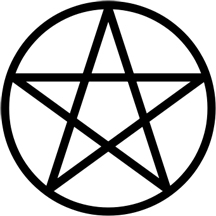
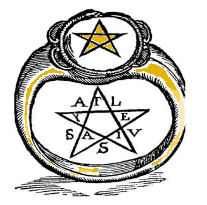
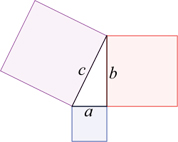
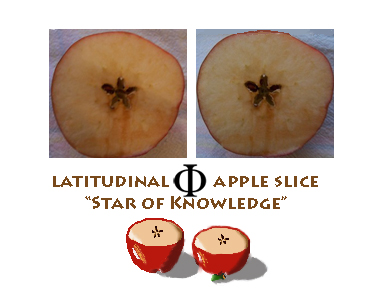
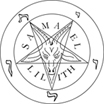
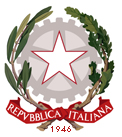
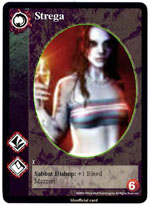

In Stregheria the use of jewelry is of vital important. Pentagrams (star symbols) were used symbolically in ancient Greece, Rome and Babylonia, and are used today as a symbol of faith by many Wiccans as well. The pentagram has magical associations, and many people who practice Neopagan faiths such as Stregheria wear jewelry incorporating the symbol. Christians once more commonly used the pentagram to represent the five wounds of Jesus. The Crotona Pentagram ring, a gold or silver finger-ring showing the Pentagram prominently and worn by the Stregherie, since the time of Pythagoras with sacred geometry. This was the oracle of jewelry along with the Pentagram neckless for witches. Crotona a Magna Graecia (Greater Greece) colony in the Southern Italian region of Calabria was the place where Pythagoras (582-500 BC), the Greek philosopher and mathematician lived and worked. The “Pythagorean Theorem” (The square of the hypotenuse of a right triangle is equal to the sum of the squares on the other two sides or a^2 + b^2 = c^2,) was among others of the “sacred geometry” and doctrines he developed and where he founded a movement with religious, political, and philosophical aims, known as Pythagoreanism. Pythagoreanism is a term used for the esoteric and metaphysical beliefs held by Pythagoras and his followers, the Pythagoreans, who were much influenced by mathematics and probably a very inspirational source for Plato and Platonism. Pythagoreanism at Crotona is one of the major cornerstones or the beginnings, smelting the Greco-Roman mysticsisms and the developments, to generate the Italian Stregheria, “La Vecchia Religione,” The Old Religion. It is certainly wise to say, that Pythagoras was a mathematical bewitching Stregone. The Pentagram symbol used by all witch groups and Christians and Jews a like, Wicca, Stregheria, Mormons, Catholicism and Judaism, etc, have absorbed the spiritualism inherit in the Star symbol invokes. And esoterically influenced by the gypsies, in one sense, introduced food preparation symbolism elements such as with the apple core/star. The apple, since the time of Adam and Eve, has always been the symbol of knowledge and by eating it contains the magical spell of knowledge. Maybe Apple Computer® is the modern bewitching way to knowledge. But the Apple fruit sliced in perfect halves latitudinally and viewed as such create the STAR OF KNOWLEDGE with the five seed positions seen like a star or pentagram. The apple core, the seeds as seen from the sliced apple, seeds shaped like a star symbolizes the knowledge inside and when eaten, blesses that person. The apple is the sacred fruit and this is where the thought probably came from, the apple containing the Star of Knowledge. Red shiny Apples have always been given to teachers as gifts from students. And in ancient times, as gifts from students to invoke magical knowledge from the teacher to the student through the “Star of Knowledge” apple conduit spell. The phrase, “An Apple a Day Keeps the Doctor Away” and the apple teacher’s gift, are both good “knowledge” bewitching magick. The Pentagram or Star symbol, is represented in the Judaica Seal of Solomon, the seal of the city of Jerusalem, the emblem for the Republic of Italy c. 1946, the American Flag, etc., all have pentagram magick protecting them. But the star when reversed or upside down rather, resembles a depiction of the goat-devil with horns. This upside down pentagram symbol is the devil in the devil tarot card or in satanic symbolism is known as the Seal of Baphomet.
The Pentagram
Luce di Strega (Strega Light)
Famous Female Witches
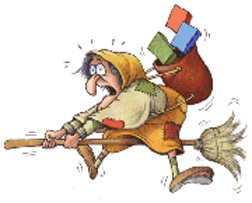

Pagan stregheria has been allegedly infiltrated the Stregoneria (Streghe) practces in the Roman Catholic Church in one-way or another. Not with pentagrams, upside down or the other but as in priest’s Holy Mass rituals being criticized as witchcraft by some fundamentalist Evangelic Christian groups. The Roman Catholic litany of Saints has also been accused to include witches. Many of the Saints allegedly had bewitching powers like for instance, St. Thomas Aquinas’s† astrology practices, St. Anthony† and St. Padre Pio’s† bilocation, stigmata and clairvoyance and St. Theresa’s† incorrupt corpse after decades. And the lore of Saint Nicholas† (Santa Claus) in connection with Christmas legend certainly categories bewitching powers on the part of Santa. In Italy the Christmas season really lasts from Christmas Eve with Saint Nichols (Santa Claus) through January 6th, or the Epiphany. And on that day “La Befana,” known in Italy as the Christmas “Good” Witch, brings goodies to all of Italy's children. The children have two days to receive gifts now, however this practice is fairly recent as Epiphany has always been the sole day for gift giving because the Wise Men arrived on Epiphany not on Christmas Day. Needless to say the Wise Men, the Magi if you will were obviously wise witches too.
Strega


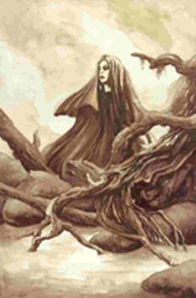
As legend has it, the three Wise Men (Magi, Magick practicioners and good witches in their own right, also known as astrologers in the Roman Catholic New Testament) were in search of the Christ child when they decided to stop at a small house to ask for directions. What, was the Star of David eclipsed momentarily by a low flying 747 or something? Back to the doorbell or in this case the knocking. The Wise men, knocking on a friendly door, an old woman (La Befana) holding a broom and looking like a bag lady opens the door slightly to see who was there. Standing at her doorstep were three colorfully dressed men (I’ll bet they freaked her out) who were in need of directions to find the Christ child. The old woman was unaware of who these three men were looking for and could not point them in the right direction. (All she had to do was point over their shoulders to that big Star. Was the Star of David still napping behind the roaring jet?) Before the three Magi leaving they asked the old lady to join them on their journey. (Can you imagine how the legend would have been described if that had happened?) Three plumed dudes (not so Wise men in this story anyway) and an old lady with a broom. But thank Jesus she declined because she had much housework to do. Her carpenter contractor, Joseph, mentioned something about taking the day off and she was sweeping all the sawdust he left behind. After the Wise men left she felt as though she had made a mistake and decided to go and catch up with the three gentlemen. After many hours of searching she could not find them. (I suggest the Star of David again or the trail of sawdust). Thinking of the opportunity she had missed, the old woman, she could have been the old woman that lived in a shoe, er sandal for all we knew (wrong story), stopped every child to give them a small treat in hopes that one was the Christ child. Each year on the eve of the Epiphany she sets out on her broomstick looking for the baby Jesus, OMG. She stops at each child's house to leave those who were good treats in their stockings and those who were bad a lump of coal. That lump of coal in today’s fuel economy would be like gold, lol! That old woman with the broom is La Befana. How she became a witch, maybe turned coal into gold? It was probably sexism and age discrimination plus her bewitching ability applied through her knowing who’s naught ‘n nice and to fly on her broom visiting all the children’s homes. But notice the sexism in this scenario, Saint Nicholas† (Santa Claus) who did basically the same thing as La Befana only on Christmas Day, the more magical of the two bookend holidays is a man and a “Saint as well!” La Befana, a poor woman, is an old ugly “good” witch with a flying broomstick and a wart on her nose.
La Befana may have been a witch prior to the Epiphany, but just answering the door with broom in hand and being old and ugly was all that was needed to begin stereotyping her for ever. But the Stregheria don’t use brooms to fly with, they “fly” with their Magick. Maybe broomsticks are used as kindling in their Magick which is drawn from the Spirit Flame. ‘Aradia, the Gospel of the Witches,” taught that the fire came from Divinity, a symbol of the Old Ways teaching and considered it the most powerful tool they could possess. The flame is for ceremonial offerings. This flame is sacred and is used to create sacred space, charge their tools and bless objects. In ancient Etruscan times, the “Lasa” as they were called, were known as small winged spirits of the woods & fields similar to the Roman Catholic Church’s putti (chubby naked infant winged angels as seen in Christian art.) In northern Italy the Lasa were considered a faery (not necessarily gay) race and associated with the dead. This is similar to the pagan Roman belief of the “Lare” as ancestral spirits.
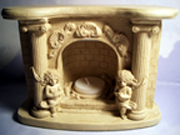
In Stregheria Tradition the Lasa/Lare are spirits that are connected to the Strega through their ancient family ties and are also considered protectors of the Old Ways and the people who follow the ancient paths. The Lara shrine is a devotional piece, a fireplace or a hearth or smaller as a devotional candle holder, decorated with carved Lasa where a flame can be lit, a hearth or smaller (the flame is a symbol of Spirit and the Soul) and offering can be placed atop the shrine in gratitude and loyalty to the spirits that guard the family and it’s traditions. In honoring the ancestors through the hearthside shrine you are keeping the ties of witchcraft alive through the centuries. The image of the Lara/Lasa was usually a youthful nude or putti (baby winged angels). They stand in front of the hearth devotional, guarding the sacred flame. Scrollwork carving above the devotional on the top is in the image of seashells, which have a connection in Italian Witchcraft. Shells symbolize the womb of the goddess, the Moon’s association to tides of the Sea and Italy’s coastal region. This goddess then is also duplicated as the Virgin Mary in Catholic art as in the Immaculate Conception image as Mary the Mother of Jesus standing on the moon.
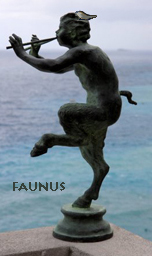
Another Italic deity that stregheria witches had a deep fondness for was the goddess Diana, the Hunter. In Roman mythology she was associated with wild animals, the woodlands and the moon. She was refurred to as the Moon Goddess and the Goddess of the “Hunt.” Her twin brother was Apollo. To the Strega, female wicthes, she is Queen.
The Stregheria also worship a “Pan” like creature. The goat-boy with the flute, the Greek god in mythology, but here in this case as in Roman mythology, the Italic form as Fauna-plural/ Faunus-singular. Faunus is a deity, originated in only Italy. Faunus were one of the class of the so called “di indigete,” (of indigent) or native deities from Italy and Rome and not from Greece. These are worshipped by the Stregheria. Fauna was in Roman paganism and mythology, Faunus was the horned god of the forest, plains and fields. Faunus was worshipped across the Roman Empire for many centuries even at the decline of Roman paganism, the god Faunus was still worshipped and continues with Stregheria. Faunus was an oracular deity. He was able to predict the future that was revealed to him in dreams or in supernatural voices (clairaudient) coming from sacred groves in the fields, perhaps vineyards. Sacred vines would surely explain a lot, hiccup…hiccup! Faunus was also considered a very good musician and is known for his flute and mandolin. He also had legs and hooves of a goat and tiny horns on his head. Speaking of hooves, well a lucky charm rabbit’s foot is kind of similar, this is witchcraft too! Hey I ate rabbit in Italy, no Strega was stirring a big black cauldron in the kitchen that I know of. Today’s witches have come out of the “kitchen” and cash’n in! The Stregheria, like many modern Wiccans have a great following today. Today witchcraft is big business with websites, New Age bookstores, books and a myriad of Magick tools, spells at your finger tips. I haven’t seen any broomsticks but perhaps a Native American Shaman smudgestick will do the trick?


